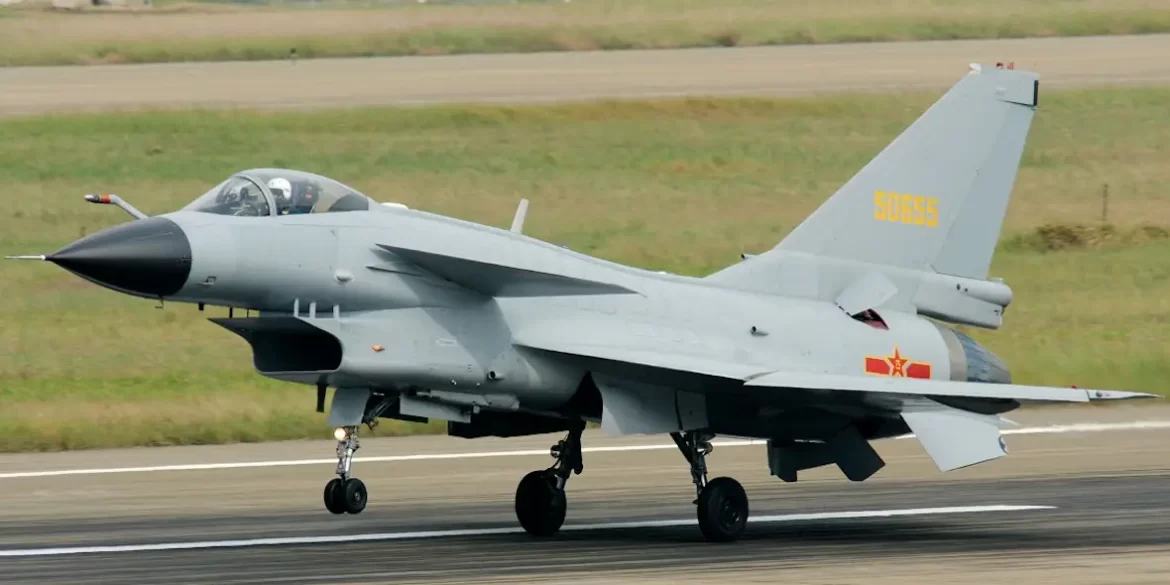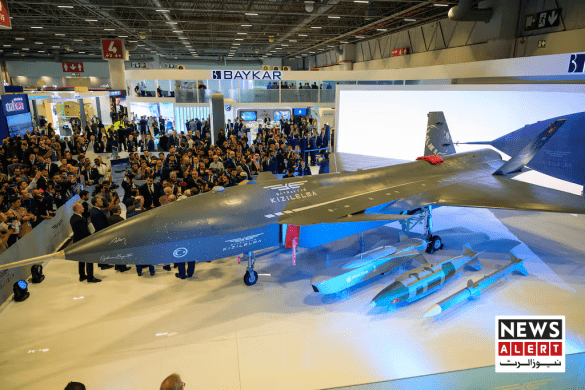Indonesia Confirms J-10 Purchase from China
Jakarta has announced plans to acquire advanced J-10 fighter jets from China as part of its efforts to bolster national air defense capabilities. The decision was confirmed by Indonesia’s Defense Minister, Sujafri Sajmuddin, who stated that the new aircraft are expected to be operational in Indonesian airspace soon.
While the minister did not disclose the exact number of jets, their cost, or detailed terms of the agreement, he emphasized that this acquisition represents a “significant step forward” for Indonesia’s defense capabilities.
J-10: A Cost-Effective Modern Fighter
Chinese defense experts describe the J-10 as a technologically advanced fighter jet available at a relatively low cost. Its growing popularity in Asia is evident, as neighboring Bangladesh recently signed a $2.2 billion deal to acquire 20 J-10C jets from China (read more). Experts note its versatility and combat performance, marking it as a credible alternative to U.S.-made F-16 fighters.
According to analysts, the J-10 combines modern avionics, high maneuverability, and effective aerial combat capabilities, making it competitive with Western counterparts. In certain operational scenarios, experts argue, it may even surpass some aspects of older U.S. and European fighter jets.
Regional Performance and Recognition
The J-10 has already drawn international attention for its performance in real combat. In May of this year, during aerial clashes between Pakistan and India, Pakistani Air Force J-10C jets—also manufactured by China—proved effective against India’s French-made Rafale fighters. The confrontation highlighted the J-10’s operational efficiency and has increased interest in the aircraft worldwide.
U.S. President Donald Trump publicly praised Pakistan’s air force performance during the same engagement, noting deficiencies in Indian air strategy. While the geopolitical context of that conflict is complex, it contributed to the growing reputation of China’s J-10 in global defense circles.
Strategic Implications for Indonesia and the Region
Indonesia’s decision signals a notable shift in its defense policy. Traditionally reliant on Western military technology, the move toward Chinese-made fighters underscores Jakarta’s willingness to diversify its military procurement.
The purchase also reflects China’s increasing strategic influence in Southeast Asia. Beijing has been expanding its military and economic footprint across the region, offering competitive alternatives to Western defense systems. For Indonesia, the J-10 acquisition strengthens national defense while simultaneously highlighting China’s growing role in regional security dynamics.
Looking Ahead
Experts suggest that Indonesia’s air force could see a significant modernization over the next few years if the J-10 fleet is fully integrated. The acquisition may also prompt other Southeast Asian nations to reassess their defense partnerships, especially as regional tensions and competition for strategic influence continue to rise.
While Jakarta has not yet released operational timelines, the introduction of J-10 jets is expected to mark a transformative step in Indonesia’s air defense strategy, aligning with broader efforts to modernize the military and maintain strategic autonomy in a rapidly changing region.















